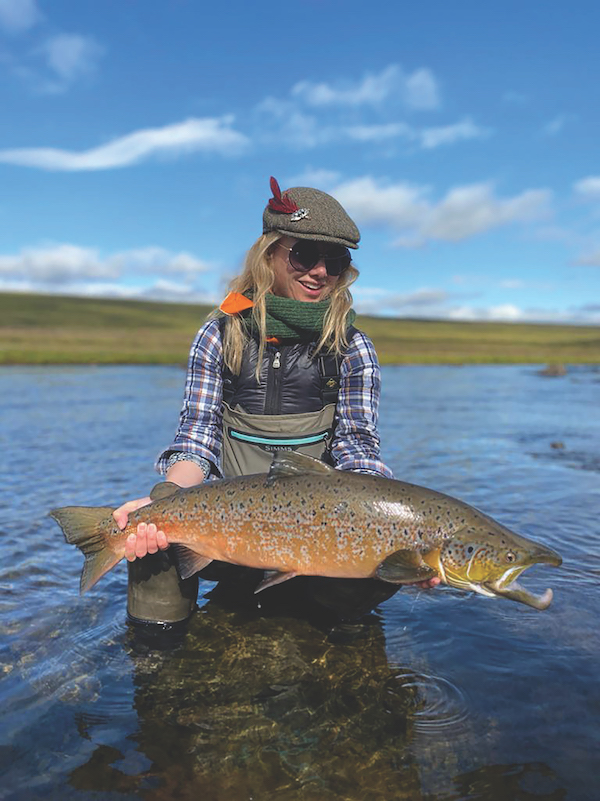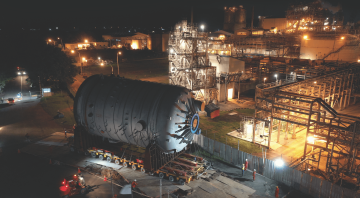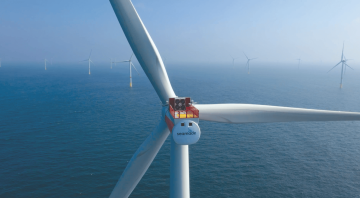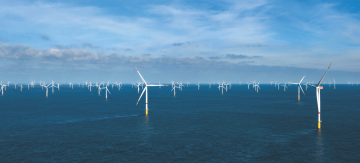Conservation methods begin to bear fruit as team continues to focus on the best ways to save this incredible species from extinction.
CONSERVATION methods – adopted by the INEOS-backed Six Rivers Project to try to save the Atlantic salmon – are beginning to bear fruit. Recent work has led to an improvement in the number of juveniles in the Sela river, which has long been a safe haven for this threatened species.
“The management of fishing pressure has also played a significant role here,” said Pete Williams, INEOS’ Director of Technology.
All fish caught must be released, and anglers are allowed to use light fishing tackle only.
“We are confident that by changing traditional fishing habits, we can enhance both the quality of all the rivers and improve the life of the fish that inhabit them,” he said.
Icelandic rivers are world renowned for their salmon fishing and attract enthusiasts from all over the world every year.
But if the salmon disappear, a source of income for those living in remote parts of North East Iceland vanishes too.
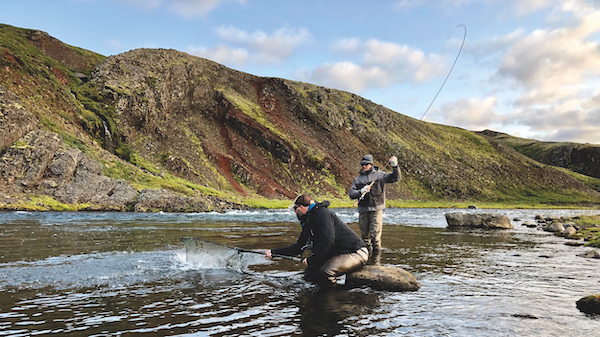
INEOS Chairman Sir Jim Ratcliffe has, for years, been working with the former Strengur Angling Club, now part of the Six Rivers Project.
They are working to ensure that profit from the world-class salmon fishing business will be reinvested in the conservation work to protect the species locally and beyond.
“In essence the fishing will provide the means to protect the local environment,” said Pete.
The Six Rivers Project, which was initiated by Jim, is working with experts from Iceland’s Marine and Freshwater Institute and Imperial College London on a ‘multi-faceted’ conservation programme.
Salmon ladders have been built to allow the salmon to reach new spawning grounds further up the rivers.
Eggs have been planted in new areas.
Adult fish have been relocated to new parts of the rivers, where competition for food may not be as fierce.
And botanists have been planting native vegetation along the riverbanks which has increased the food supply in the rivers.
The team also tagged 1,000 smolts – maturing salmon – so that scientists could track and monitor their behaviour.
From that research alone, they discovered that half of smolts in the Vesturdalsa died before they even reached the sea – and very few, just 13 in 1,000, of the tagged smolts returned to spawn.
“All these conservation measures have set a new standard in Iceland,” said Pete. “But there is much more to do in this long-term project.”
The team, though, remain confident that, with careful management, they can reverse the decline in the wild Atlantic salmon which used to thrive in Iceland – and provide insights for protecting the species elsewhere.
“It is important that we share our findings with other groups around the world,” said Pete, who is co-ordinating the academic research. “Conservation resources are limited so we need to ensure we’re not unnecessarily repeating work done elsewhere.”
As part of the team’s desire to share their findings, INEOS hosts an annual Six Rivers International Conference in Reykjavik every year.
In September 2021 academics from Canada, Norway, England, Iceland and beyond met to compare research.
“Ultimately, we have the same aim,” said Pete. “We all want to leave the environment and habitat in better shape than we found it.”
Experts from Iceland’s Marine and Freshwater Institute and Imperial College London are working on the ‘multi-faceted’ conservation programme as part of the Six Rivers Project, which was initiated by INEOS Chairman Sir Jim Ratcliffe.
‘Our conservation measures have set a new standard in Iceland’ - Pete Williams, INEOS’ Director of Technology
